Best Books to Read in 2023
Best Books to Read in 2023 Are you a bookworm or a bibliophile, if yes, then this is the ...
IIT Jodhpur researchers has identified promising single-atom catalysts for Nitrogen Reduction Reaction (NRR) required for the synthesis of “Green Ammonia”.
At present, the conventional process of synthesizing green ammonia has an enormous carbon footprint, as it emits ~3% of global carbon dioxide and consumes ~2% of the world’s total energy production, say IIT Jodhpur researchers.
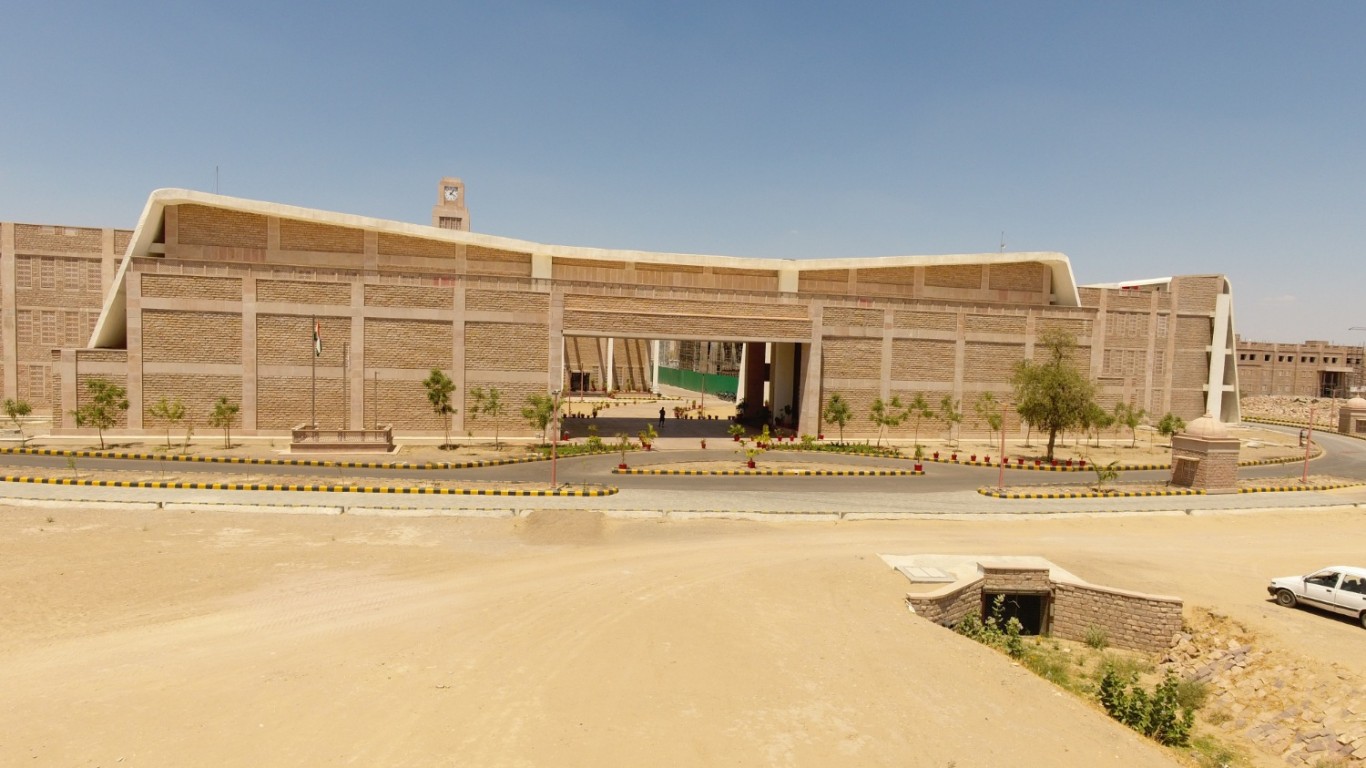
Electrochemical synthesis route could be a vital choice for its synthesis, where Nitrogen Reduction Reaction (NRR) is one of the hardest reactions to carry out due to the strong N-N triple bond coupled with poor nitrogen adsorption on many catalysts and presence of competitive hydrogen evolution reaction.
So, the IIT Jodhpur researchers focused on electrochemical NRR in order to synthesize “Green Ammonia”.
IIT Jodhpur researchers comprises Dr Amitava Banerjee and his team. It is focusing on the design of electrocatalysts for green ammonia and green urea production.
Both will have less or negligible carbon footprint compared to existing conventional processes. Urea is a vital compound for societal development and the high presence of 46% nitrogen (by weight) makes it a major player of the fertilizer industry, say IIT Jodhpur researchers.
Also read – Mahatma Gandhiji’s 10 Core Principles for Values Driven Education
Ammonia is also one of the key elements in the fertilizer industry as well as in paper, textile, rubber industries. Moreover, it could be a potential carrier for hydrogen for easy transportation and storage of the fuel, which may speed up the hydrogen economy in our country by utilizing the existing ammonia pipelines, say IIT Jodhpur team researchers.
One of the currently published research papers by the team in Catalysis Today Journal is DOI: https://doi.org/10.1016/j.cattod.2023.114079.
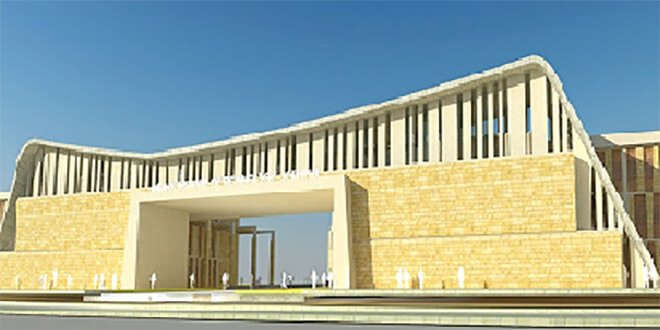 Significance
SignificanceTalking about the significance of the research, Dr. Amitava Banerjee, Assistant Professor, Department of Metallurgical & Materials Engineering, IIT Jodhpur, said the recent surge in interest in the electrochemical synthesis of NH₃ has highlighted the inadequacy of Nitrogen Reduction Reaction (NRR) catalysts.
So, our group’s primary objective is to computationally design the NRR catalysts and providing insight for the experimentally obtained NRR catalytic mechanism, said Dr Amitava Banerjee who is a part of IIT Jodhpur researchers.
The research methodology of IIT Jodhpur researchers includes in-depth understanding of density functional theory-based tools in combination of high-throughput structural search and materials informatics, said Dr Amitava.
So that we can cover efficiently a vast composition space as well as corresponding materials structures. No doubt this atomistic design insight will reduce the experimental time as well as resource-expenditures for searching suitable NRR catalysts, he said.
There are various ways NRR can happen, and each catalyst, mostly transition metal based, behaves differently in terms of its effectiveness.
The identified two promising single atom catalyst (SAC) candidates for NRR by the IIT Jodhpur researchers are:
· Fe and Mn-based SAC has the lowest overpotential compared to other 3-d series elements in the distal and alter process, respectively.
· These catalysts also have depicted better selectivity to NRR compared to competitive HER.
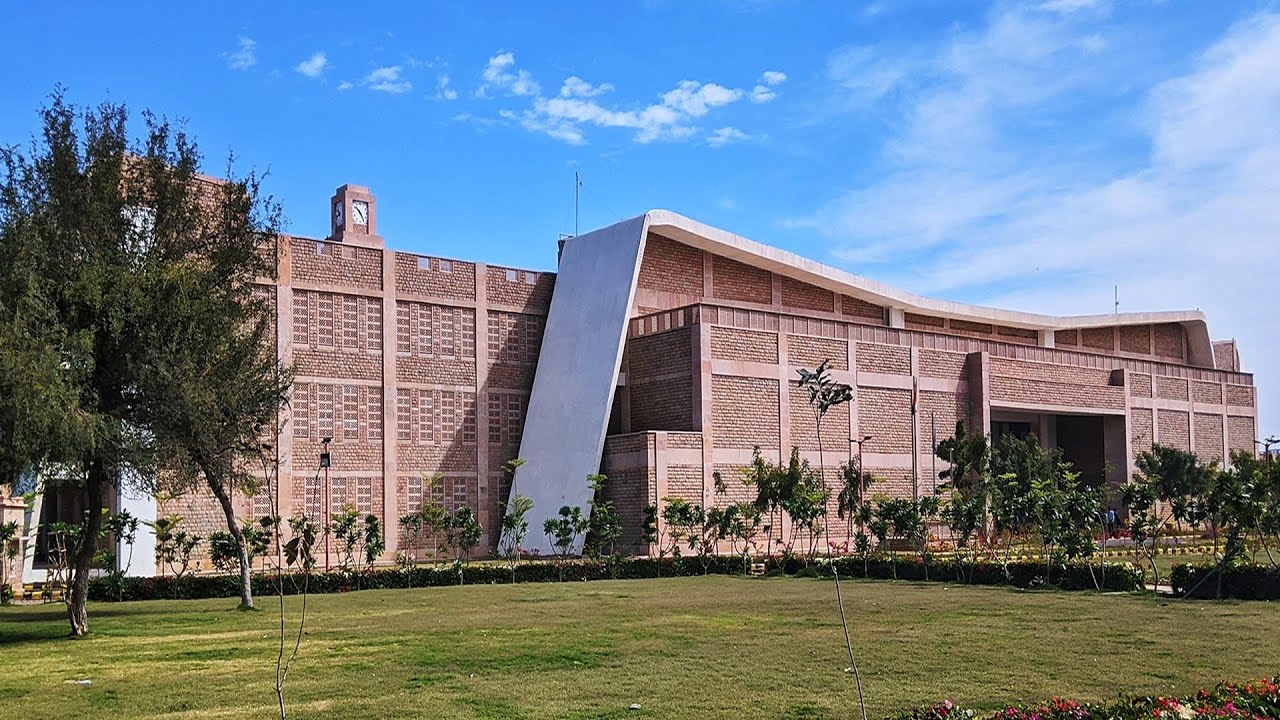 Materials
MaterialsIIT Jodhpur researchers also explored other possible materials chemistry options, one option is using metal nitrides, a natural choice to trigger NRR through a mechanism called the Mars–van Krevelen (MvK) mechanism.
Another interesting option the team has explored is metal oxynitrides (represented as AxByOwNz). This is a less explored class of materials for NRR, and has a lot of potential.
As an extension of the ongoing search for NRR catalysts, IIT Jodhpur researchers has also discovered in collaboration with a catalytic mechanism involving two different transition metals, in collaboration with Dr. Ghorai’s group of Ramakrishna Mission Vidyamanidira, Belur Math.
This mechanism efficiently activates the nitrogen-nitrogen (N-N) triple bond and promotes the formation of carbon-nitrogen (C-N) bonds, ultimately leading to the production of environmentally friendly urea.
The future research target of the group is exploring electrochemical synthesis of ammonia from various nitrogenous pollutants. The lab at IIT Jodhpur working on the designing of electrocatalysts for synthesis of “Green Ammonia” and led by Dr. Amitava Banerjee is currently being funded by Science and Engineering Research Board, SERB (DST)-SRG.
S Vishnu Sharmaa now works with collegechalo.com in the news team. His work involves writing articles related to the education... (Full bio)

Best Books to Read in 2023 Are you a bookworm or a bibliophile, if yes, then this is the ...

In the exhilarating journey of 10 Proven Memorize Techniques for Students learning, memory is your trusty companion. Whether ...

Top 20 toughest exams in world is about exams in the world that required very hard work to ...
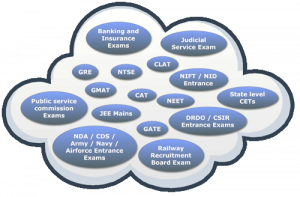
Top 20 toughest exams in India - Exams are the perhaps most toughest moments for any student. A ...
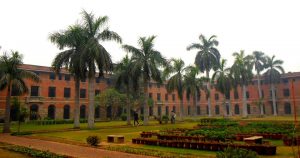
Top 20 Colleges of DU Getting admissions to the top 20 colleges of DU is a dream for every ...

Top 20 NITs of India - Amongst the 31 NITs in India, today, we are talking ...
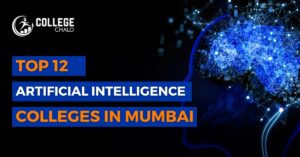
Here are the Top 12 Artificial Intelligence in Mumbai. Artificial intelligence (AI) refers to the simulation of human ...

As you stand on the Best Science Courses after 12th academic journey, the realm of science beckons, offering ...
Millions of students have entrusted CollegeChalo to facilitate their seamless and smooth admission process to their dream colleges and universities. With CollegeChalo, you can gain a competitive edge by easily accessing exam and course details to stay ahead of the admission journey. What are you waiting for?
Search your dream college